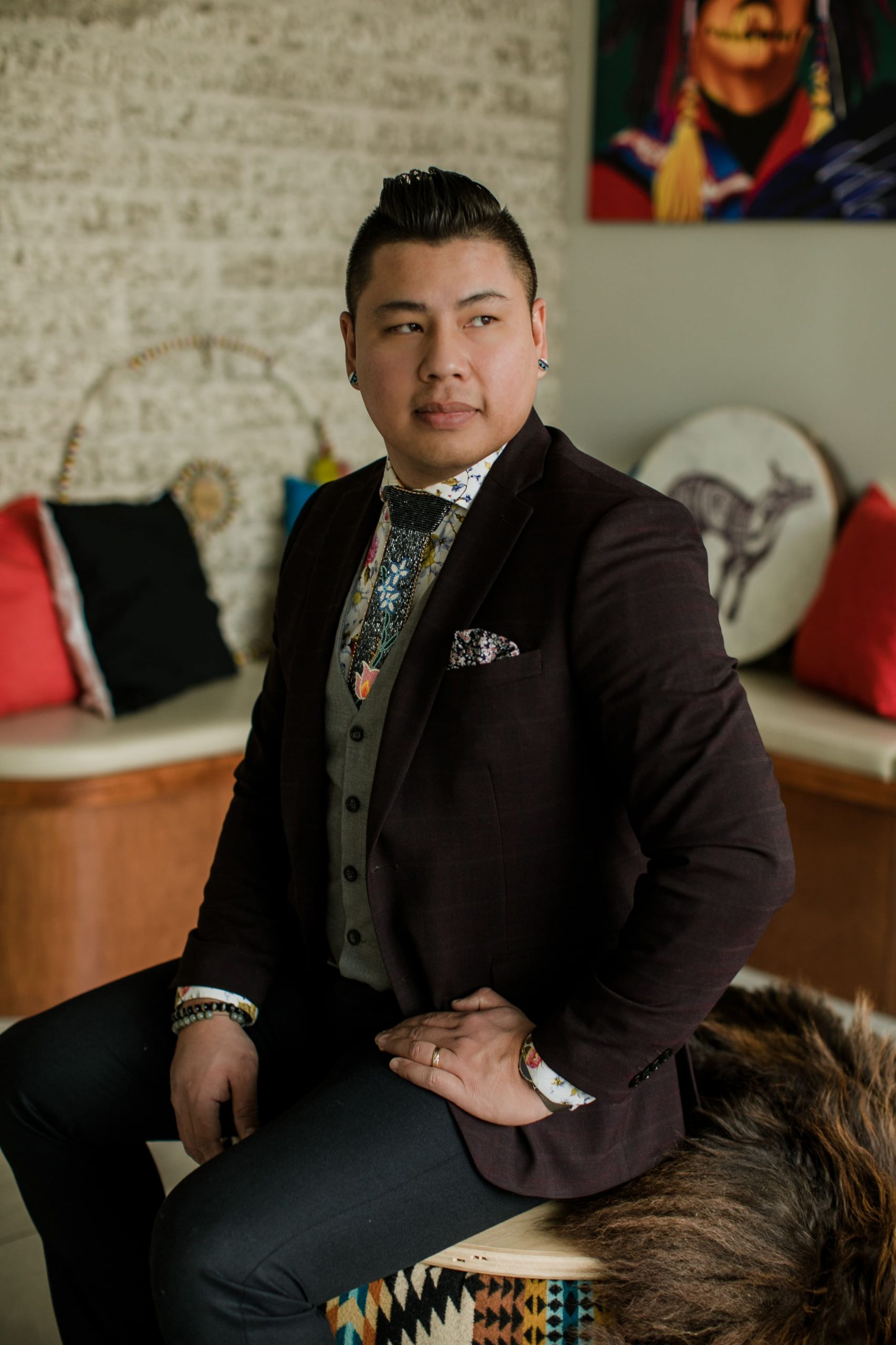Indigenous engagement must be rooted in collaboration and belonging in order to deliver meaningful long-term success.
We knew not everyone would want to come along on this journey, but we also knew that those who did would be invested for the long run – and those are the kind of partners any organization needs for success.
Moving beyond business as usual
In 2010, FHQ Developments was founded by the 11-member First Nations communities of File Hills Qu’Appelle Tribal Council, which represents more than 16,000 First Nations citizens and 435,000 acres of reserve lands in Treaty 4 territory (encompassing much of southern Saskatchewan).
Our organization’s primary purpose centres on the long-term economic independence and prosperity of our partners and citizens by developing profitable business ventures, economic development opportunities and advancing employment and livelihood for our Nations and citizens in a manner consistent with Nehiyaw (Cree), Dakota, Nakota, Lakota and Anishinaabe (Saulteaux) Nations teachings.
In Saskatchewan – not unlike most provinces across Canada – there have always been issues around proper participation of Indigenous businesses in the larger economy. When I stepped into the CEO role 5 years ago, I wanted to understand the extent of the challenge. I listened to provincial stakeholders in the private and public sectors, along with business leaders in the Indigenous community, and heard all the reasons why the status quo wasn’t working.

Creating collaborative relationships for a sustainable future
While a number of organizations had Indigenous engagement policies, each outlined how they thought Indigenous people should be interacting with their organization. Our partnerships were quite transactional – we engaged only when there was something to do, like a major project in our territory.
That type of relationship doesn’t work. I knew we could not survive chasing the next big project, then the next big project and so on. We needed something that outlived the moment and looked at a more sustainable future.
As an organization, we asked ourselves tough questions about what we wanted from these relationships. We rewrote policy, refocused our efforts and approached these agreements in a whole new way.
Today, FHQ Developments is building stronger business partnerships; investing in sustainable opportunities that provide equity ownership in key sectors; supporting and promoting community economic development; and providing employment services to First Nations job seekers and employers. We are clear and confident in what we want from our partnerships.
Change isn’t easy. We lost some partners, but ended up with new ones that are more invested in our larger goals. Instead of just checking a box and saying, ‘Oh, we have Indigenous ownership,’ our partners are digging deeper, exploring how they’re building capacity in the company and our community.
Enjoy this article? Read Ecommerce Insider magazine for more insights, tips and articles like this.
Download the magazineTruly, there’s no excuse for any organization not to be working with First Nations. If you don’t have Indigenous engagement as part of your long-term strategy, you’re not going to be successful.
Incorporating diversity, equity, inclusion and belonging
Both sides need to start building sustainable relationships now.
For Indigenous organizations, that means knowing what you want and having the confidence in your vision to make things happen. That vision has to have substance – it can’t just be ‘do good, feel good’ stuff. It can’t be just checking a box. It requires time, resources and patience to develop.
For non-Indigenous organizations, it’s important that you don’t just assume you know what it is we want as Indigenous organizations. I often use this analogy when we speak about diversity, equity and inclusion.
Diversity
Diversity is being invited to the dance. That’s our organizations being invited to a meeting or a conference. We’re present.
Equity
Equity is being asked to dance. That means somebody acknowledging your presence, asking your opinion, making you part of the room and you enjoying being a part of it.
Inclusion
Inclusion is that person who asked you to dance, asking you to lead. This is where we are today. Organizations are creating Indigenous advisory committees or roles for Indigenous people to have their voice heard. There are commitments being made to Indigenous engagement.
Belonging
The fourth piece is belonging. That means I own the dance with you – who’s going to be invited, what the theme and rules are, how the dance is going to be managed. That’s Indigenous people having an equity stake, having the ability to speak from a board level, setting policy and processes, having a sense of ownership. That’s where we need to get to.
We need that sense of belonging – and the only way we’re going to achieve it is through appropriate respect and working together. Relationships and understanding are a recipe for our success.
Want to take your ecommerce business to new heights?
Whether you’re just beginning your climb or looking to scale new peaks with your business, our Canada Post ecommerce experts can help.
Let’s chat